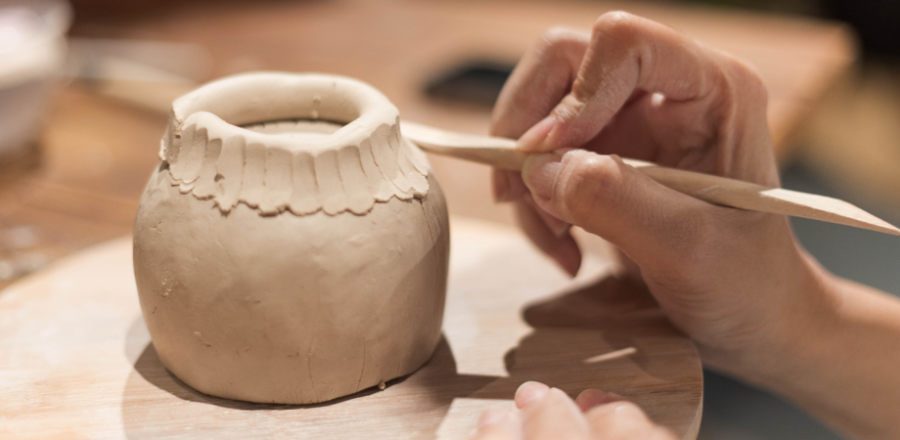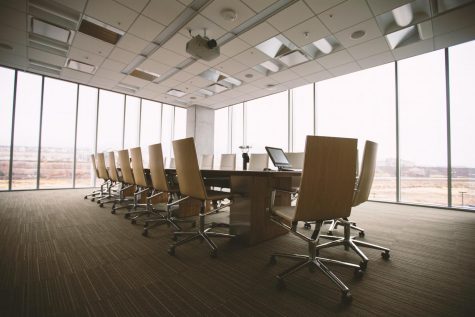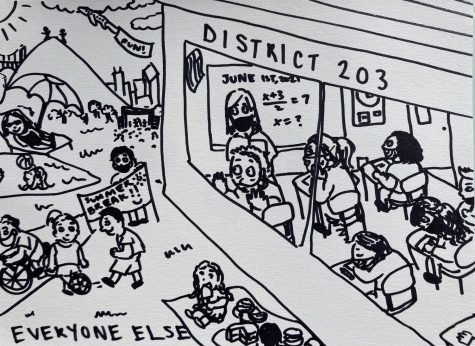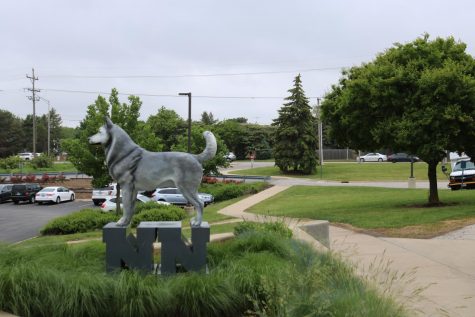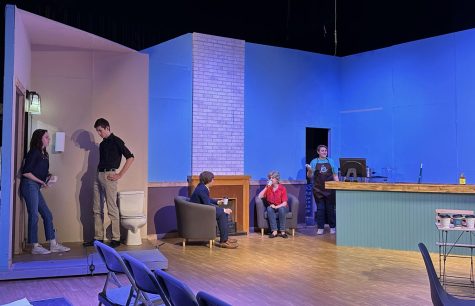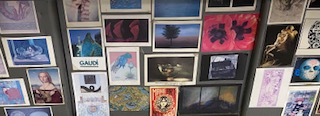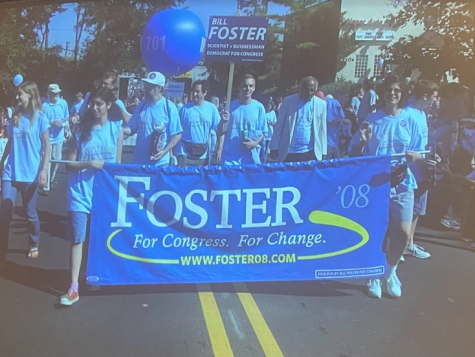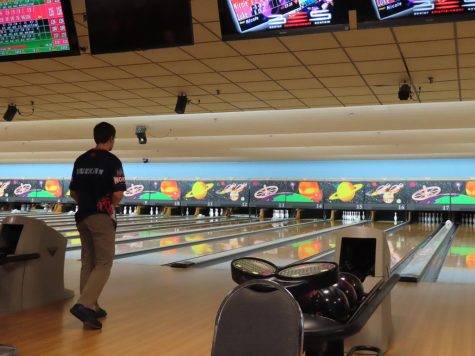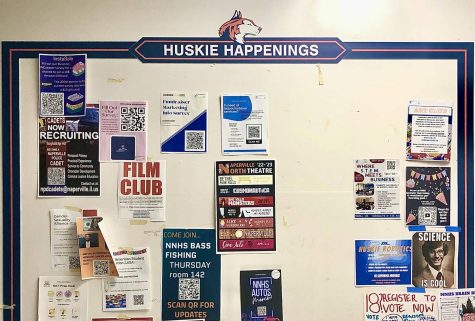The obstacles and alternatives of hands-on classes during remote learning
Photo by Studio Asobi
Last year, you could find ceramics teacher Shay Rehs in a bustling room full of ceramics students of every level. Some students were sculpting their clay by hand while others were seated at whirring pottery wheels. Now, the ceramics room, and others like it, are silent at Naperville North. Without student access to the classroom and supplies, it falls to the teachers to replicate the hands-on experience of these classes.
“It’s been a little bit of a change, and it’s really hard when you want to reach through the computer screen and touch their work…but I’m getting used to it,” Rehs said.
Due to the precautions for COVID-19, hands-on classes, such as fine arts and science have been especially pressured to come up with alternative activities that can be done at home. This has caused many teachers to think outside the box, coming up with solutions such as using virtual animations, recording themselves completing labs and using a dropbox system for art projects.
Many fine arts and science teachers have used this summer to improvise and create a curriculum with more-developed lesson plans than were used in the spring. Fine arts teacher Andrew Jenson explains that because the fine arts teachers have had time to figure out ways to adjust their lesson plans, he is feeling much more prepared this fall.
“One day, we were in class and then there was an announcement and everybody’s home. So now, I’m definitely more prepared, having the time to actually sit down, even though we are remote, and put the assignments in a more structured format,” said Jenson.
Rehs faces a particularly difficult obstacle since her ceramics students need to create artwork without access to a kiln, a furnace used to fire or dry pottery. Her solution is to buy a locking cabinet or shed and place it outside of the building. This will allow students to place their wet clay in the cabinet for the ceramics teachers to fire it.
“It’s taken a while to figure out but I think I’ve prepared for everything.The only thing that can stop me is if they shut the school [for teachers],” Rehs said.
Honors Chemistry teacher Katherine Lynch is utilizing a virtual lab program called Pivot. This program allows students to see the process of a lab without physically doing it. In addition to using this program, many science teachers have been completing labs for students over Zoom, but, according to Lynch, the emotional and physical connection is missing when the labs cannot be done in person.
“Even if you are not a fan of science—I feel like we are missing that connection that science can be fun,” Lynch said.
Despite their creativity in finding solutions, teachers are finding that the curriculum is just not the same. Jenson, who also teaches Photography 1, recognizes that the students’ inability to access a darkroom takes away from the traditional photography experience.
“I feel like the darkroom for Photography 1 and Traditional Photography is really the magic, [it’s] the most exciting part about Photo,” Jenson said.
Lynch also notices how students tend to be more hesitant to ask questions on Zoom. She talks about how it is harder for students to interrupt the class because they want to be respectful or they don’t want to be seen as the student who doesn’t understand the content.
“I feel like [with] Zoom, we’ve lost that comfortability to ask an immediate question that maybe a group of students has altogether,” Lynch said.
Along with teachers, all students in hands-on classes are experiencing the differences that come with having an exclusively online experience. Sophomore Tess Mally, a peer leader in Adaptive Art, describes the difficulty in not having the face-to-face communication with her classmates.
“It’s really difficult because you don’t get to know the kids and their exact needs over Zoom because you can’t communicate with everyone at once,” Mally said.
With the district’s Return to Learn plan still in the works, hands-on classes are still unsure of what their plans will be going forward, but they continue to adapt their curriculum to give their students the best experience possible. Many teachers and students alike share the excitement of returning as soon as it is safe.
“Everyone in the class is so funny and they’re just really good people to be around. So just being able to see them in person and interact with them is just going to be really fun,” Mally said.
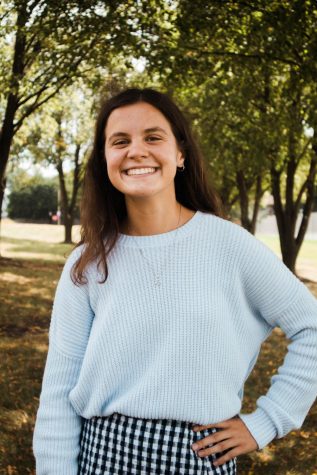
Elissa is a senior at North and is excited for her second year on The North Star. This year, Elissa will be taking on the role as the Features Editor....

